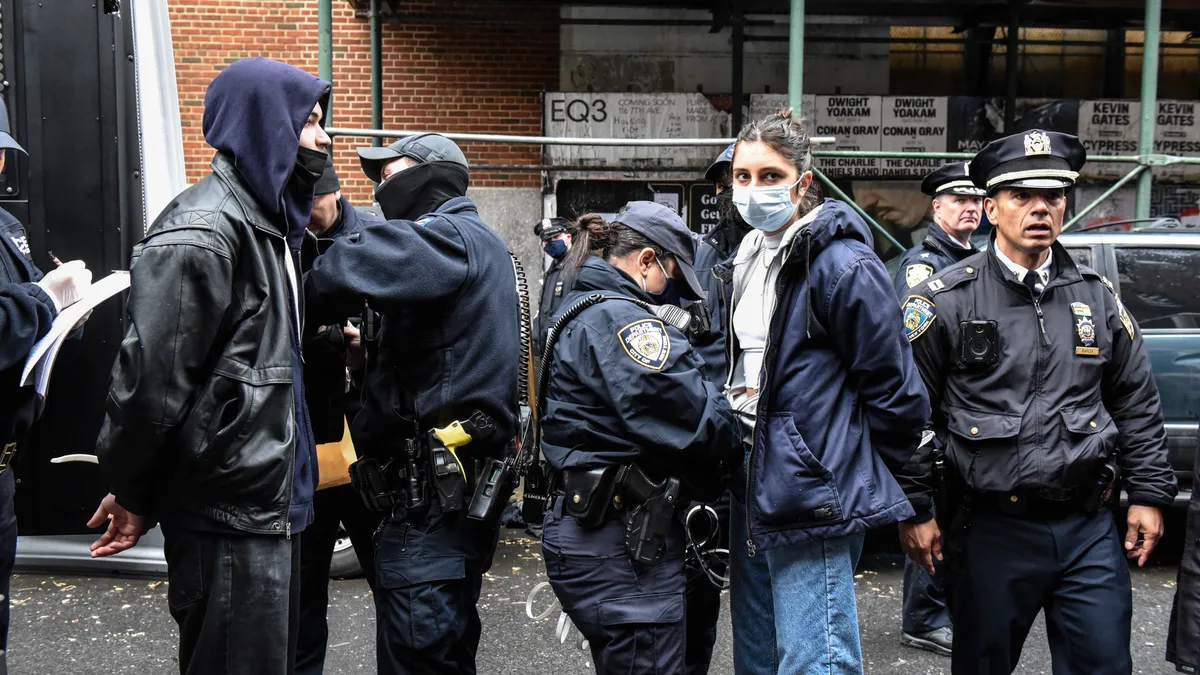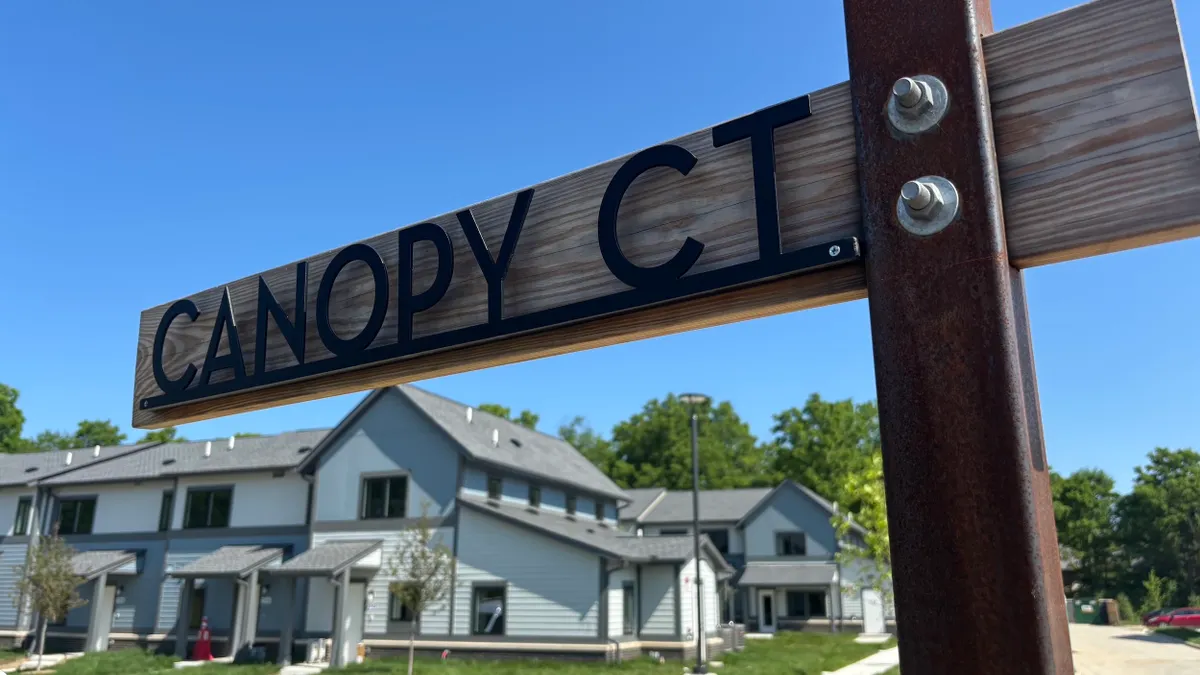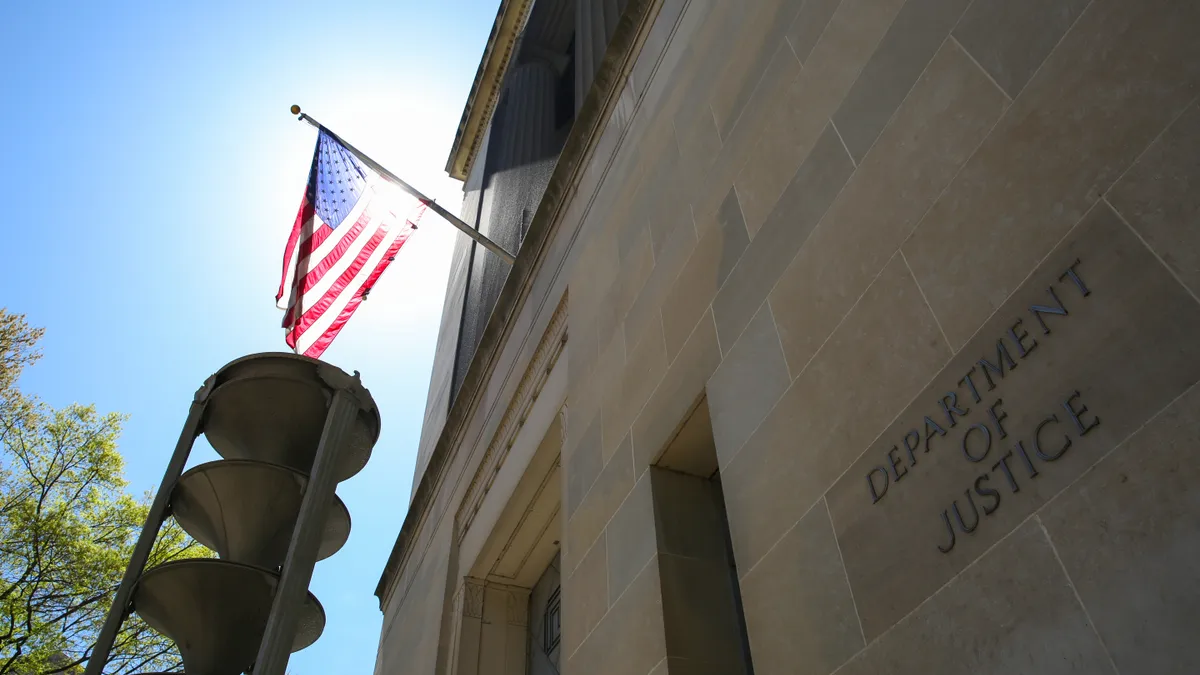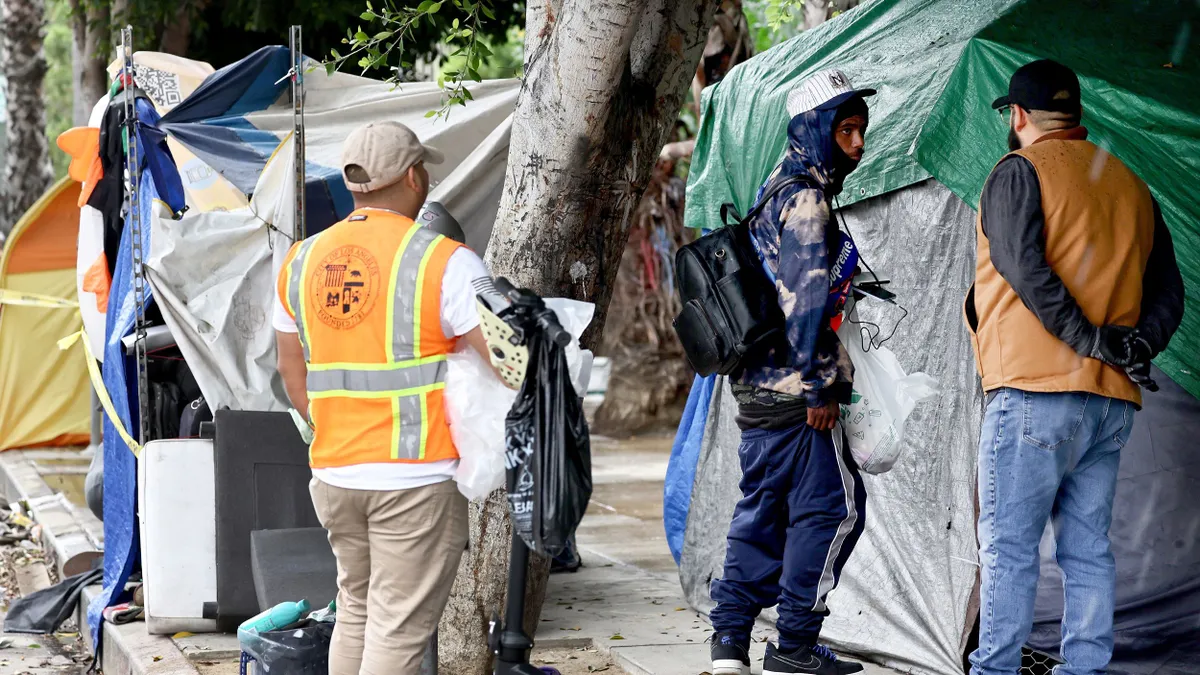The number of people experiencing “unsheltered homelessness,” or living in places not meant for human habitation, had risen to more than 200,000 as of 2021, according to a report by the U.S. departments of Housing and Urban Development and Health and Human Services. Encampments, which HUD describes as temporary structures or enclosed places that are not intended for long-term continuous occupancy, are one obvious sign of this increase.
For the residents living in them, encampments may be the best of several bad alternatives. They often cannot find affordable housing and may be deterred by some shelter requirements. “A shelter space or shelter system’s requirements, such as sobriety requirements, separation from partners or pets, and/or strict entry and exit times, may not be [compatible] with an individual’s current circumstances,” said Lauren Lowery, director for housing and community development with the National League of Cities.
Conversely, residents in houses and apartments near encampments often worry about the encampments’ impact on their environment, health, and safety, while business and property owners worry about the encampments’ economic impact. Those concerns have prompted some cities to close camps and force those living in them to find alternative places to stay — what’s sometimes referred to as a sweep — often without providing the support that might help them achieve that.
Sweeps are expensive and often of limited long-term effectiveness, HUD and HHS found. City spending on clearing encampments in 2019 ranged from $140,000 in Chicago to $4.9 million in San Jose, California.
A sweep that doesn’t include services to help homeless individuals transition toward more permanent housing does little to address the underlying challenges that led to the encampment in the first place, say advocates for people who are homeless.
“A sweep has a cost that day and can have longer-term cost in terms of [eliminating] whatever stability the people living in the encampments were able to attain,” said Steve Berg, chief policy officer with the National Alliance to End Homelessness. A sweep can set back individuals who were moving toward housing stability and, perhaps, working with a caseworker who knows where to find them. “If an encampment is the best place to stay, having that disrupted can be a step backward,” he said.
At times, a sweep may be necessary to address immediate hazards. In 2017, a Hepatitis A outbreak in a San Diego homeless encampment led to 20 deaths, according to a news report. (The city then converted an empty, city-owned parking lot into another encampment with tents, showers and security.)
In most cases, however, clearing encampments without providing support for the residents only moves the problem somewhere else, Berg said.
Making sweeps less disruptive
If it is necessary to sweep or close an encampment, a few steps can make the process less disruptive, said Samantha Batko, principal research associate at the Metropolitan Housing and Communities Policy Center at the Urban Institute. One is providing “lots of public notice,” she said. That gives residents time to secure their belongings and leave.
Local governments should engage in “intentional relationship-building” with those living in the encampments, Batko said. Let them know what resources, such as health checks, are available. “We hear over and over: People experiencing homelessness don’t want empty promises,” she added.
Also, avoid throwing away people’s possessions. “One of the biggest hurdles to getting out of homelessness is having documentation, like a driver’s license or birth certificate,” Batko said. It wouldn’t be unusual for a person experiencing homelessness to stash these documents in, for instance, a garbage bag. In 2021, San Diego reported changing its policies around homeless encampment sweeps to have city crews store “items that may have personal value” and make it easier for people to retrieve them, according to the abovementioned news report.
Offering alternatives
Ideally, cities can offer resources to help residents of encampments transition to permanent housing. A study by the Urban Institute, “Policing Doesn’t End Homelessness. Supportive Housing Does,” examined the impact of a supportive housing program in Denver on individuals experiencing chronic homelessness. About 360 people in the study were referred to a supportive housing program, which researchers defined as a permanent housing subsidy and intensive wraparound services. In contrast, a similar number of people received services as usual in the community.
About 80% of the people in the supportive housing program were housed through two service providers: the Colorado Coalition for the Homeless and the Mental Health Center of Denver. At the three-year mark, about 77% of participants in that program remained in stable housing. They were arrested about 40% less frequently and spent less time in jail than the control group. Two years after the study started, the group had averaged six fewer visits to emergency departments.
The annual cost to support each of these individuals was about $6,900 less than the per-person costs associated with those in the control group, the study found. The reductions were due to less jail, ambulance and emergency room use.
“It’s incumbent to think about budgets holistically,” said Gary Painter, Homelessness Policy Research Institute director at the Sol Price School of Public Policy at the University of Southern California. “If you think that providing housing is expensive, you have to think carefully about what not providing housing costs.”
According to Lowery, chronic homelessness costs the public roughly $30,000 to $50,000 per unhoused individual each year.
As the Denver experiment revealed, providing services that connect individuals to permanent housing is more effective than just clearing homeless encampments, a senior HUD official said.
In early February, HUD announced it awarded $315 million to 46 communities to address unsheltered and rural homelessness. Those receiving funding had to articulate a comprehensive approach to addressing homelessness in their communities, including coordinating outreach and resources such as mental health services and access to housing or vouchers. They’ll also need to track performance data, the official said. For example, Los Angeles will use $60 million to invest in homeless outreach, short- and long-term rental assistance, case management and housing navigation to transition people from unsheltered settings and interim housing to permanent housing.
“We’re trying to give communities a better alternative to sweeps or sanctioned [encampment] sites,” the official said. The alternatives are more effective, but communities often haven’t had the resources to implement them, the official added.
While the alternatives to sweeps aren’t inexpensive, they can pay off financially and from a humanitarian perspective. “You either pay for housing, or you pay for homelessness,” Batko said.


















